 Loading... Please wait...
Loading... Please wait...Categories
- Display System
- Printing Products
- Premium - Gift - Trophy
- Stationery Product
- Writing Instrument
- Writing Board
- Paper Product
- General Office Stationery
- Filling Product
- Cabinet
- Furniture/Chair /Table/Bin
- Newspaper & Magazine Rack
- Office Equipment and Machinery
- Pantry Item
- First Aid kit / Medical Product
- Writing Board
- Paper Product
- General Office Stationery
- Writing Instrument
- Filling Product
- Office Equipment and Machinery
- Cabinet
- IT Product
- Furniture/Chair /Table/Bin
- Newspaper & Magazine Rack
- Air Freshener Dispenser
- First Aid kit / Medical Product
- Dispenser- Liquid soap/foam/spray
- Pantry Item
- HAND DRYER
- Hair Dryer
- Safety Product
- All Products
Our Newsletter
- Home
- About Malaysia
About Malaysia
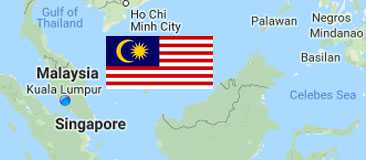
Malaysia is a Southeast Asian country occupying parts of the Malay Peninsula and the island of Borneo. It's known for its beaches, rainforests and mix of Malay, Chinese, Indian and European cultural influences. The capital, Kuala Lumpur, is home to colonial buildings, busy shopping districts such as Bukit Bintang and skyscrapers such as the iconic, 451m-tall Petronas Twin Towers.
Capital: Kuala Lumpur
Dialing code: +60
Official script: Malay (Latin) alphabet
Currency: Malaysian ringgit
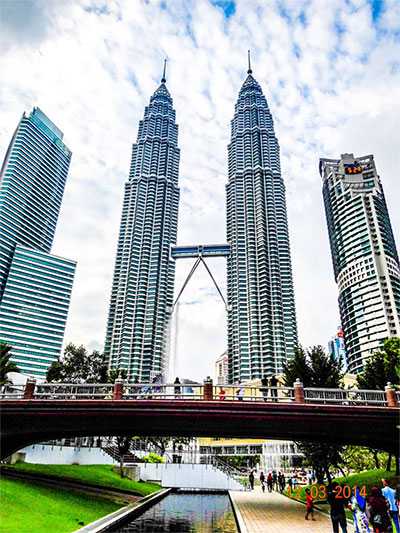
The Petronas Towers, also known as the Petronas Twin Towers, are twin skyscrapers in Kuala Lumpur, Malaysia.
Located in: Suria KLCC
Address: Kuala Lumpur City Centre, 50088 Kuala Lumpur, Federal Territory of Kuala Lumpur
Hours: Open ⋅ Closes 9PM
Owner: KLCC Property Holdings
Cost: 1.6 billion USD
Developer: KLCC Holdings Sdn Bhd
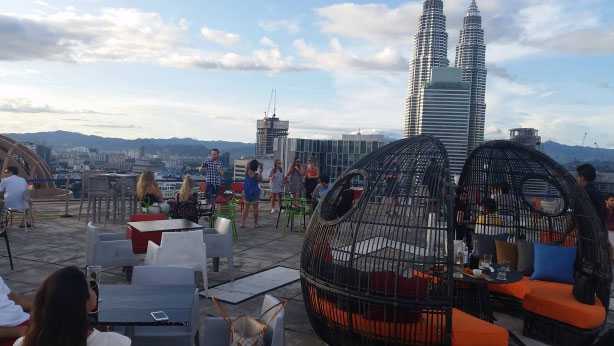
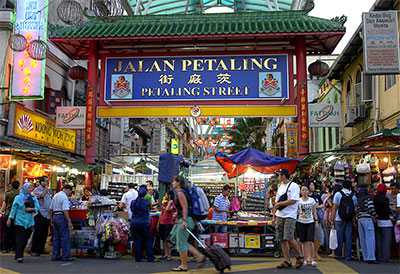
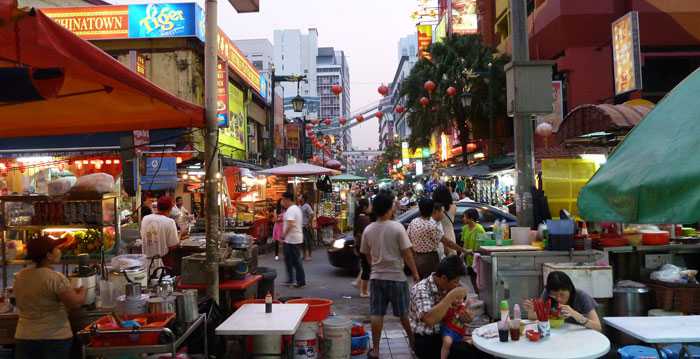
Today, Kuala Lumpur's famous Petaling Street or known in Cantonese as Chee Cheong Kai is recognised as a popular place for the trading of counterfeit goods, a description that hardly justifies its vibrant past.
Petaling Street is Malaysia's Chinatown, a place where early settlers came to Kuala Lumpur in pursuit of wealth from the booming tin mining industry in the 1800s. Most of the settlers were Hakka and Cantonese, and led a steady migration of Chinese communities into the city.
These communities were under the control of clan heads, also known as Kapitan or captains. Malaysia's famous Kapitan Yap Ah Loy was from the Hakka Community and played a central role in developing Kuala Lumpur.
Chinatown's origins centred on market square and along Jalan Tun H.S Lee, formerly known as High Street due to its higher grounds. This strip became a popular place for settlements because it was less prone to floods.
The rivalry between the Hakka and Cantonese clans led to a civil war breaking out in 1870 over the control of tin and related trade. The fighting was so intense, it halted tin mine production altogether. The British administration was forced to intervene, marking its first such involvement in local politics.
The war led to the destruction of many buildings as well as abandonment of several mines.
When miners couldn't work in flooded mines, Yap Ah Loy convinced them to remain in Kuala Lumpur, to refocus their skills on the agriculture sector.
Yap also set up a tapioca mill in this area to ground tubers from his farms, giving it its name, Chee Cheong Kai, which means starch factory street.
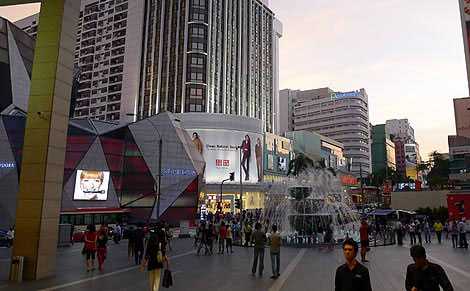
JALAN Bukit Bintang, located in the heart of Kuala Lumpur, is a hotspot for tourists and locals alike.
The trendy shopping and entertainment district has no shortage of restaurants, bars and nightclubs as well as shopping centres and five-star hotels, all helping to draw in the crowds.
Aside from the usual heavy traffic during peak hours, shoppers carrying bags and visitors sightseeing are some of the typical sights in the area as night begins to fall.
Bright, almost blinding, neon billboards advertising the latest products light up the night sky, and the area only gets more vibrant as buskers and roadside traders take to the streets.
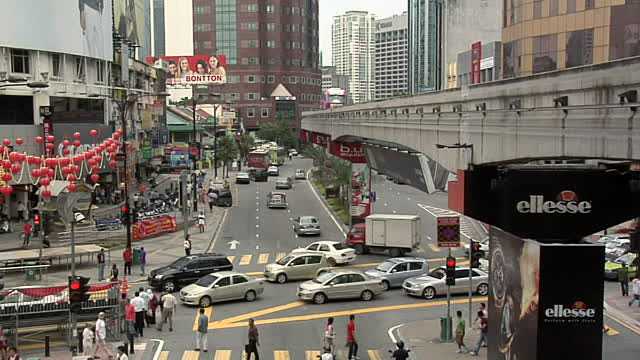
Traders set up stalls to sell everything from home-made handicraft featuring Kuala Lumpur’s iconic landmarks to glow sticks.
Some are also seen making ends meet by displaying their goods on the pavement, calling for pedestrians to look at their products.
Taking a stroll down the crowded street on a Tuesday night, I saw creative artists and energetic buskers working hard to entertain the crowd.
A couple who had painted themselves in gold were a source of entertainment for the people near the Bukit Bintang Monorail station. Of course, one is required to drop RM3 into their coin bucket if you want to take pictures of them.
Disabled buskers in wheelchairs were seen carrying mobile speaker systems as they entertained the crowd with jazz tunes and oldies.
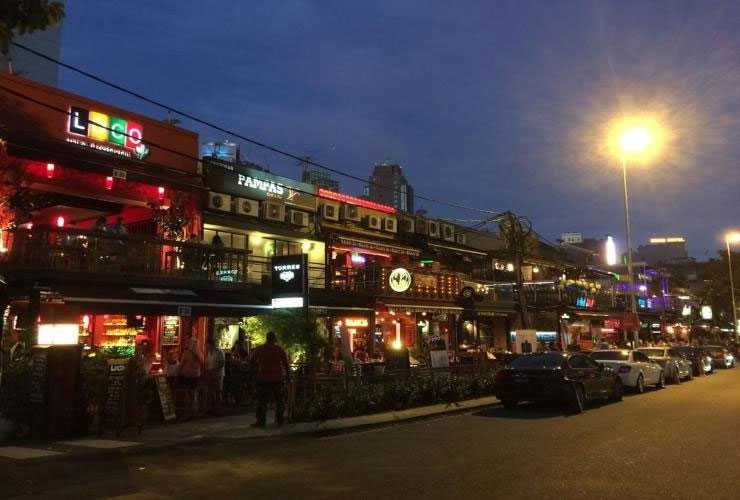
Artists also took to the streets with pride, showing of their creativity in order to earn a living.
With only pencils and markers, portrait artists pulled off marvels, drawing portraits based on photos provided by customers.
Henna artists also featured a range of designs for customers to choose from.
To my surprise, I managed to find branded glasses and watches being sold at rock-bottom prices on the streets.
This is something that international tourists should take note of as some products are believed to be fake.
Because of the high volume of visitors to the area, one should be cautious of pick pockets and snatch thieves.
Getting to Jalan Bukit Bintang is easy with ground and rail transport.
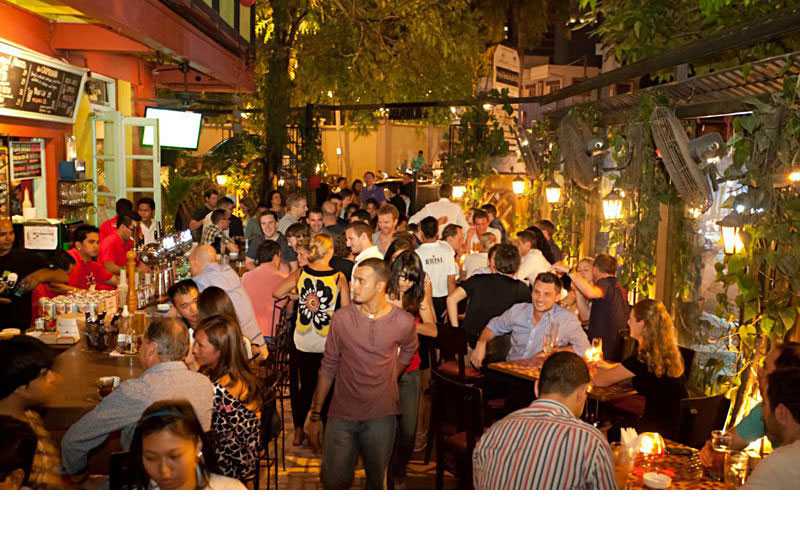
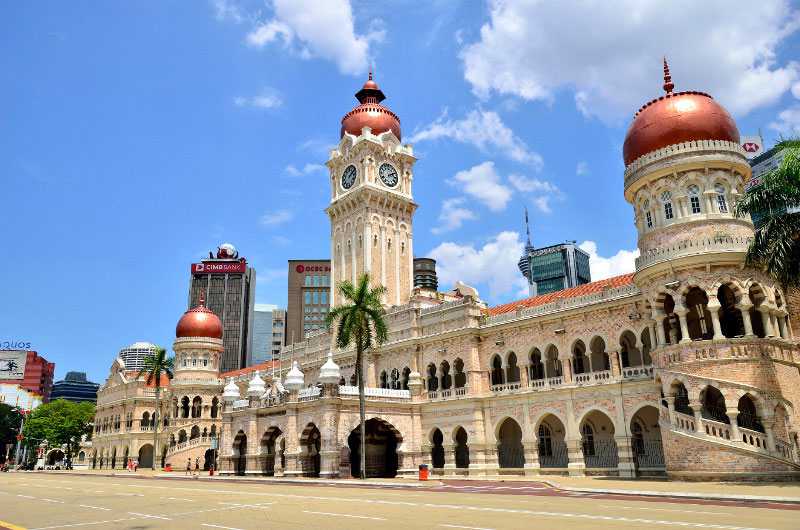
Dataran Merdeka / Merdeka Square, Kuala Lumpur
The Merdeka Square is located exactly opposite the Sultan Abdul Samad Building and right beside the Royal Selangor Club. This is the historical place where the Union Flag was lowered and the Malayan flag was raised for the very first time at the struck of midnight of 31st August 1957. From then on, Merdeka Square has been the venue for the annual Merdeka Parade.
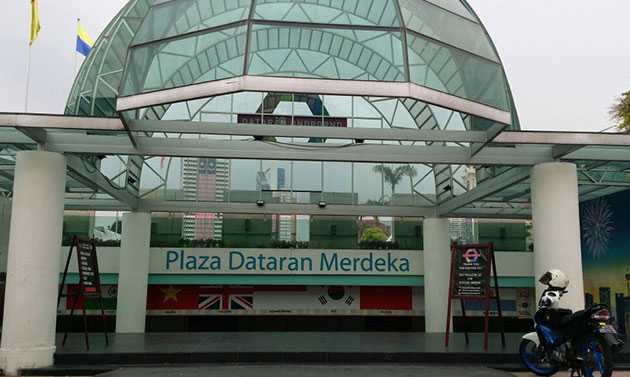
The flagpole which holds the flag of Malaysia is the highest in the world, towering at a height of 100 meters. Merdeka Square is a historical site where Malaya declared its independence. If you are a fan of the Malayan history, you can come here and take some pictures. The field in front of Merdeka Square was officially named as Dataran Merdeka on 1st January in conjunction with the Visit Malaysia Year 1990. There are many attractions nearby the Merdeka Square. For shoppers, you can come over to Central Market Kuala Lumpur to buy some local souvenirs and food and at the same time learn about the different cultures of the society that makes up Malaysia.
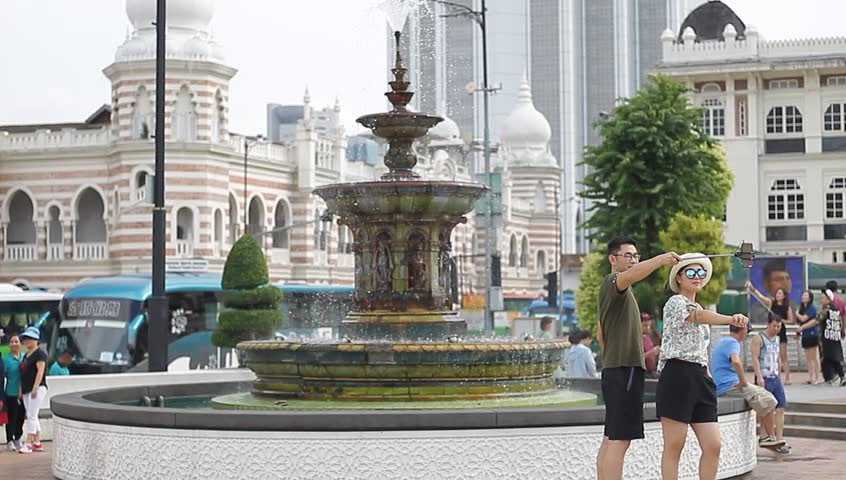
The Central Market is made up of a few floors which are occupied by many stalls. Another place where locals and tourists should visit is the Petaling Street (Chinatown) as this is the best place to taste local street foods and purchase all sorts of things. The Petaling Street is full of stalls ranging from souvenirs to fruits and even imitation goods of designer brands. If you need to cool off after hours at the Petaling Street, you can head over to Berjaya Times Square. Berjaya Times Square has the largest indoor theme park which is the Cosmo's World Theme Park. There are rides for all ages in the 380,000 sq feet area. If you are already tired from all the walking and shopping, you can put up for the night at the Berjaya Hotel which is located above the shopping center of Berjaya Times Square.
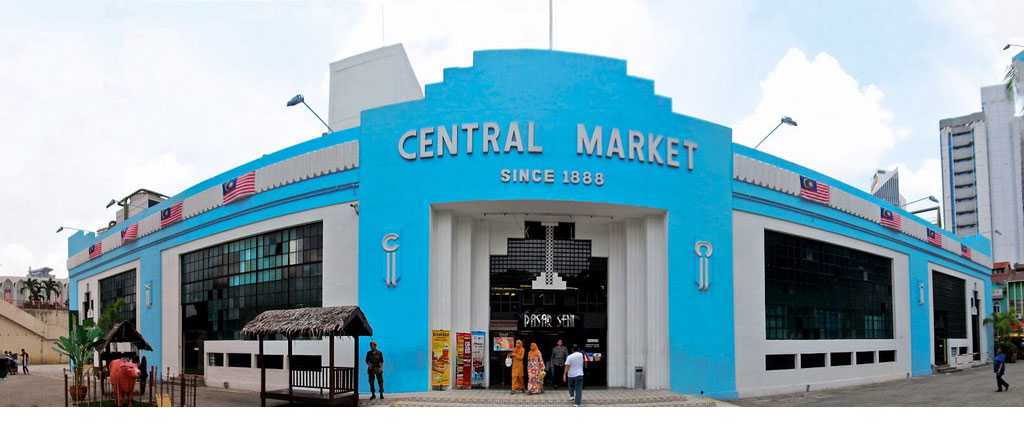
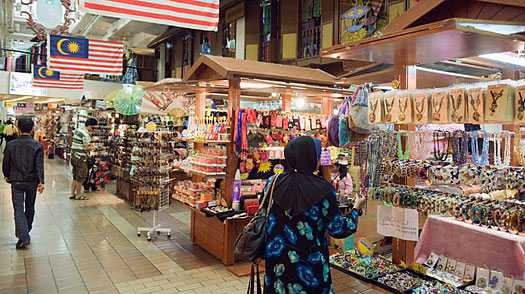
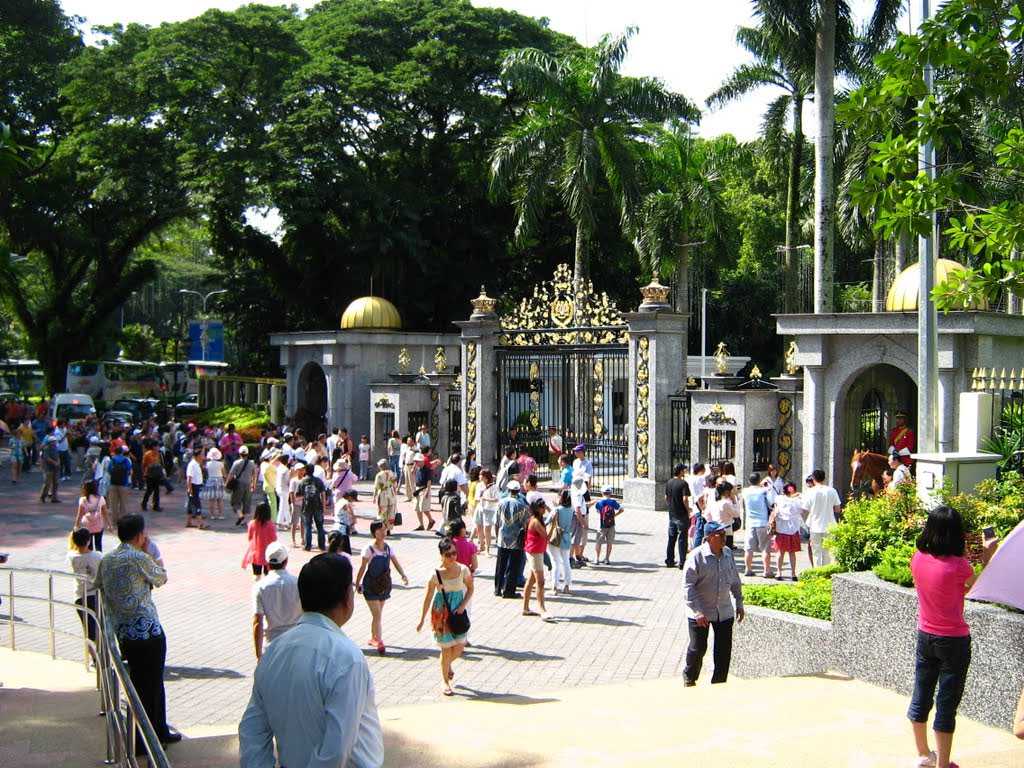
The Royal Museum is located in the old National Palace, or Istana Negara which,from 1957 until 2011, was the official residence of the King and Queen of Malaysia or, to give them their more formal titles, His Majesty Seri Paduka Baginda Yang di-Pertuan Agong and Her Majesty Seri Paduka Baginda Raja Permaisuri Agong.
The old palace ceased to be the official residence on 15th November 2011 following completion of a new palace complex at Jalan Duta.
The old Istana Negara has now been converted to a museum and is open to the public.
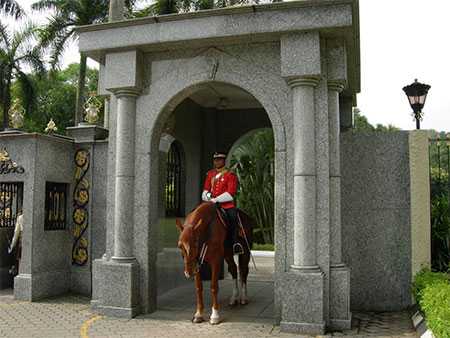
History of the Palace
The National Palace is located on an 11 hectare site in the leafy centre of Kuala Lumpur. It was built in 1928 as a private residence for a Chinese tin tycoon called Chan Wing who made his fortune by developing the Hong Fatt Tin Mine which is where The Mines development now stands.
Mr. Chan Wing's home cost RM150,000 to build and although it had 13 rooms at that time it must still have been quite crowded as he had 26 children and 8 or 9 wives.
He had to flee Malaya during the Japanese occupation as he was known to be a supporter of anti-Japanese resistance in China. His descendants still have active business interests in Malaysia and beyond.
During the War, the Japanese used the building as an officers' mess. After their surrender, it was used by the British Royal Air Force for a while and then served as a temporary Palace for the Sultan of Selangor while his new Palace at Klang was being built.
The Palace was then acquired by the Federal Government in 1957 and, after undergoing extensive renovations and extensions, it became the National Palace.
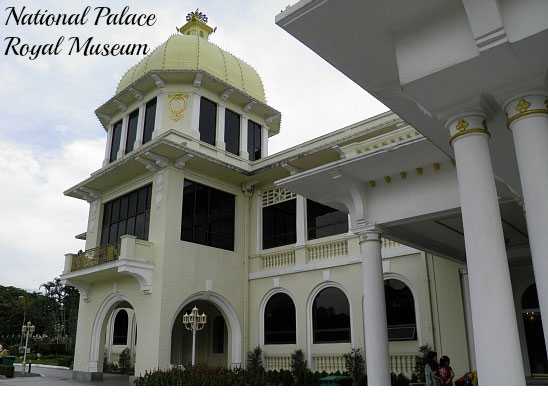
Menara KL Tower is easily Malaysia’s most recognizable and popular landmark. Constructed in 1994, the tower stands at 421 metres and effortlessly trumps the Petronas Twin Towers with the highest and most spectacular view of the city. This gleaming tower’s spindle-like apex is visible from almost anywhere in Kuala Lumpur. Menara KL’s viewing deck is, at 276 metres, at least 100 metres higher than the Petronas Twin Towers’ Skybridge; the view is marvellous during the day and even better at night when you can see the entire sparkling city centre
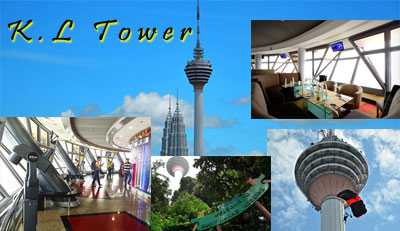
The tower is erected atop the Bukit Nanas (Pineapple Hill) Forest Reserve – the oldest gazetted forest reserve in the country, which houses age-old trees as well as flora and fauna indigenous to Malaysia’s tropical climate. Primarily used as a communications infrastructure, it is the fifth-tallest telecommunications tower in the world. When it was originally built, the natural surroundings of Bukit Nanas were kept intact to ensure balance in development; in fact a 100-year-old Jelutong tree was preserved, at great cost, by building a retaining wall around it.
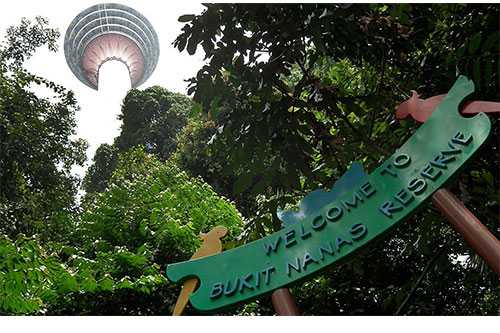
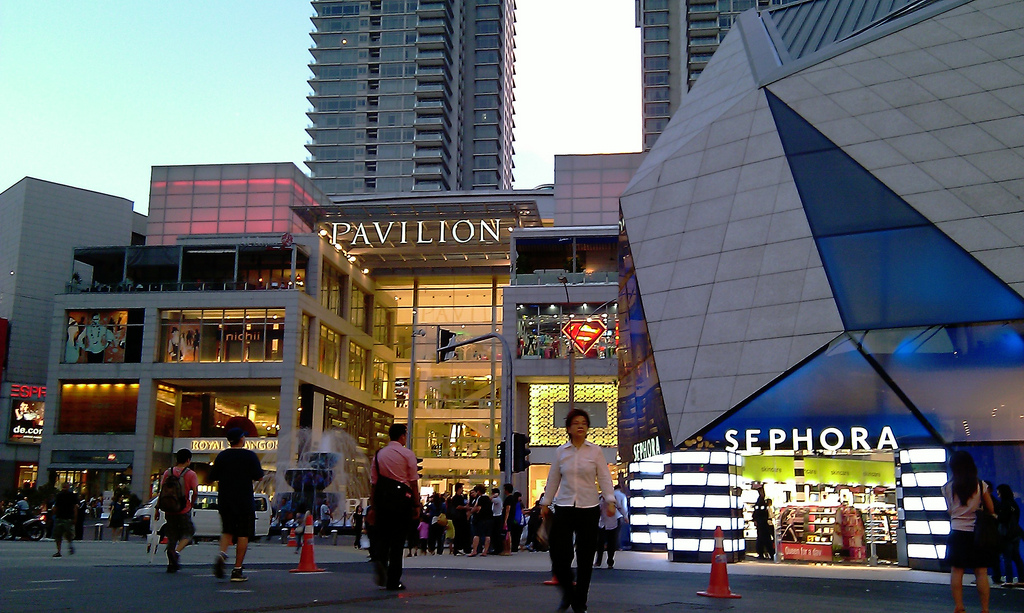
Pavilion Kuala Lumpur Mall
It is a 7-storey shopping mall located at Jalan Bukit Bintang, right at the heart of Kuala Lumpur. As at 31 December 2016, Pavilion Kuala Lumpur Mall is valued at RM 4.45 billion and is the trophy assets of Pavilion Reit. In 2016, this mall has enjoyed 95.8% in occupancy rates and has contributed RM 399 million and RM 284 million in gross revenues and net property income.
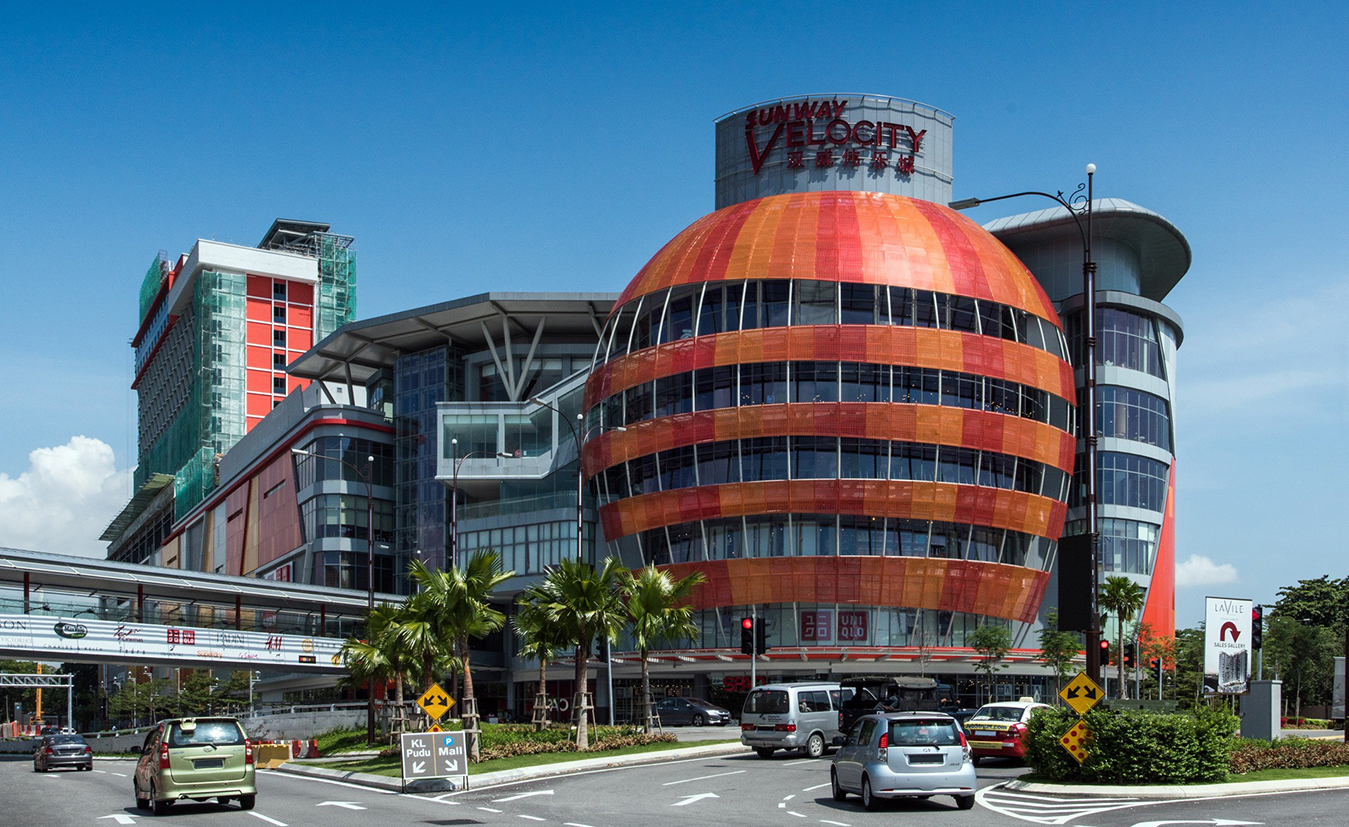
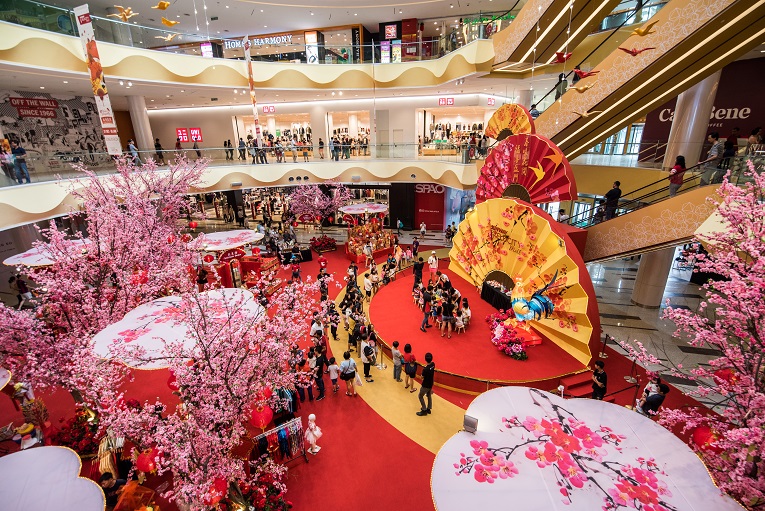
Sunway Velocity Mall is earmarked to be the leading destination in KL South with its cutting edge architecture, neo futuristic façade and contemporary interior. Built with connectivity in mind, the mall is easily accessible through major roads and highways and is well-serviced by public transportation including 1 LRT and 2 MRTs.
As one of the main components in Sunway Velocity, the mall comprises of 7 levels and 3 precincts – Market Place, Food Street Food and Commune – each precinct is unique with their personal characteristics. What are you waiting for? Time to explore them all, time to ELEVATE your daily life!
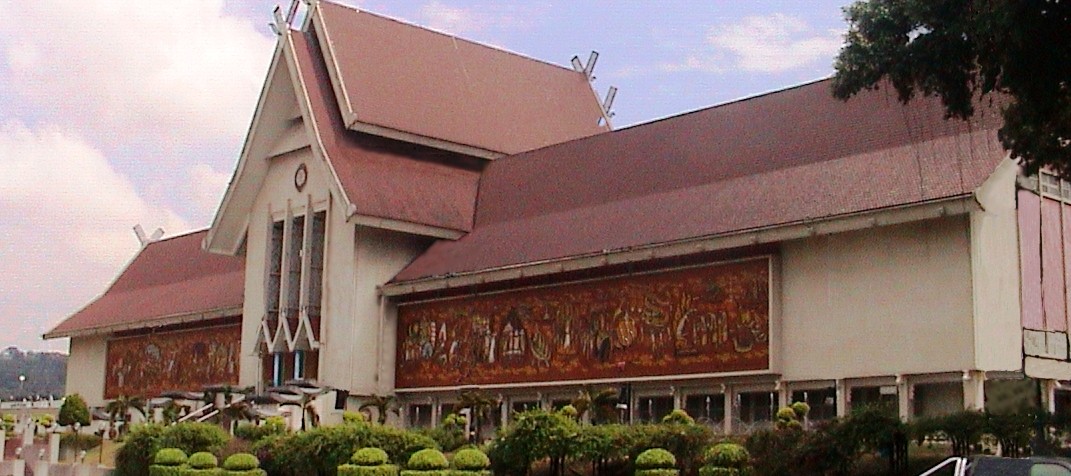
The National Museum is the driver of museum activities in Malaysia and has been instrumental in the restoration and preservations of the nation’s heritage. Its construction, which represents the national identity, was the climax in the history of the establishment of the earlier museums such as the Taiping Museum, Perak (1883), Sarawak Museum (1888), and Selangor Museum (1889).
Erected on the site of the Selangor Museum, which was destroyed during the Second World War in March 1945, the idea for its construction was triggered in 1957 after the country’s Independence and it was officially announced in 1959. Inspired by the background of national identity, its architectural design was endorsed by the first Prime Minister of Malaysia, enabling it to become a reality in 1961.
